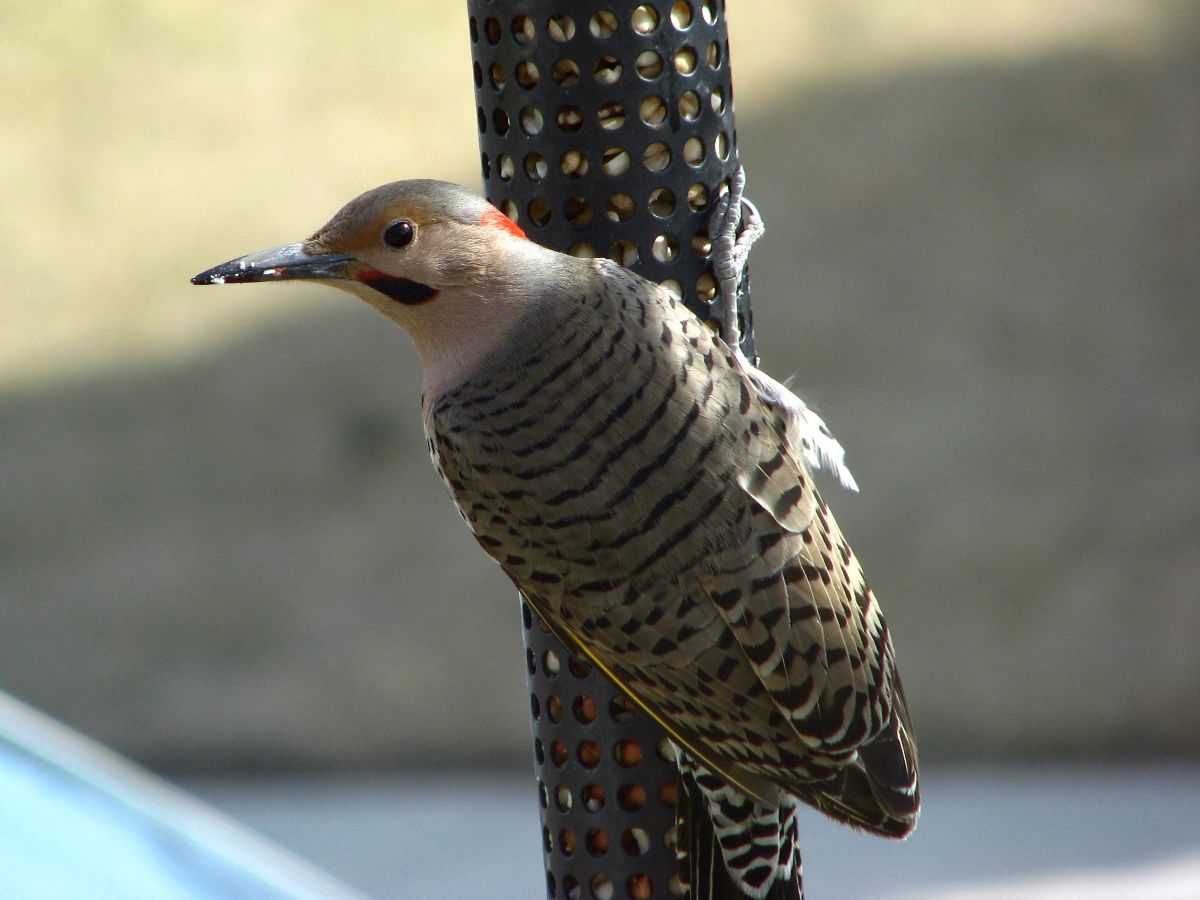Posted by Bob Lefebvre
The first American Goldfinch of the year arrived in our yard on Mother’s Day.
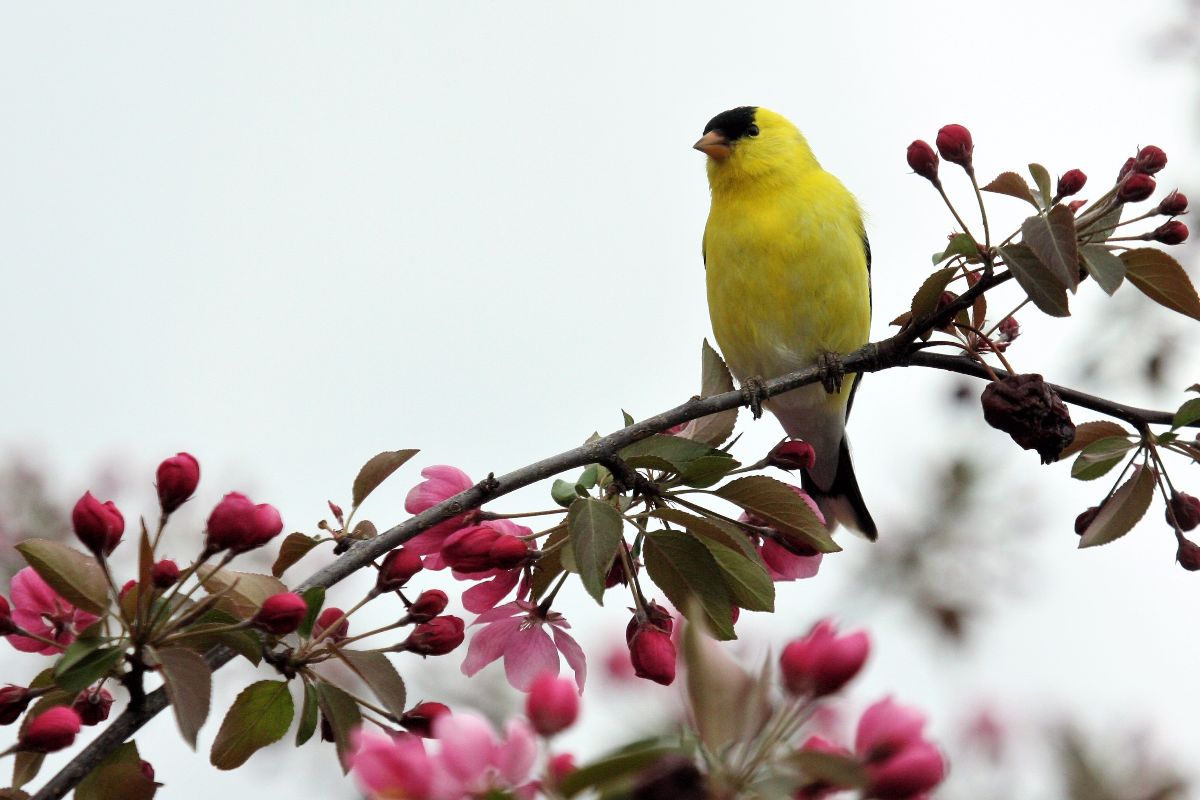
American Goldfinch (male), Calgary, May 14, 2017. Photo by Bob Lefebvre.
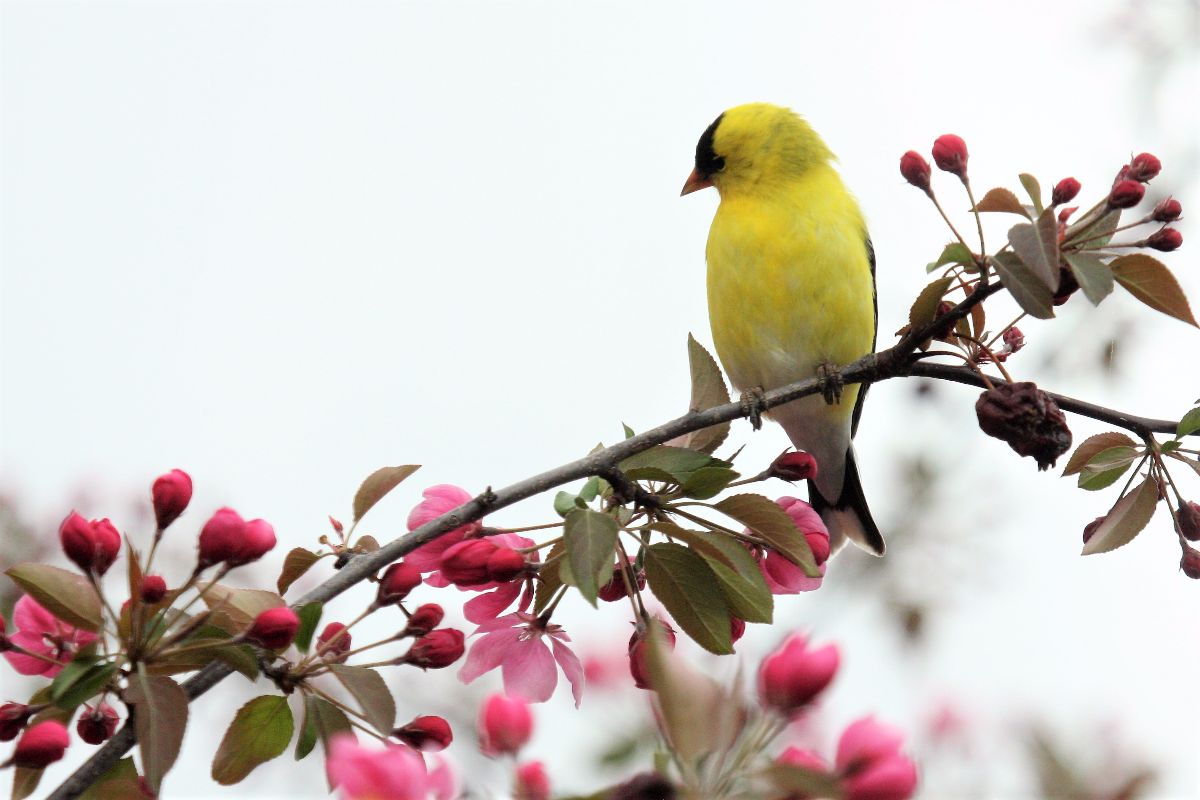
American Goldfinch (male), Calgary, May 14, 2017. Photo by Bob Lefebvre.
Although I occasionally hear goldfinches flying over in the summer, they don’t stay to breed in my neighbourhood and I usually don’t see them in my yard except on spring and fall migration.
There are Northern Flickers here year-round, and there are at least a couple that are still courting, so maybe this is the year that my Flicker nest box finally get used (by Flickers, rather than House Sparrow, Starlings, or squirrels).
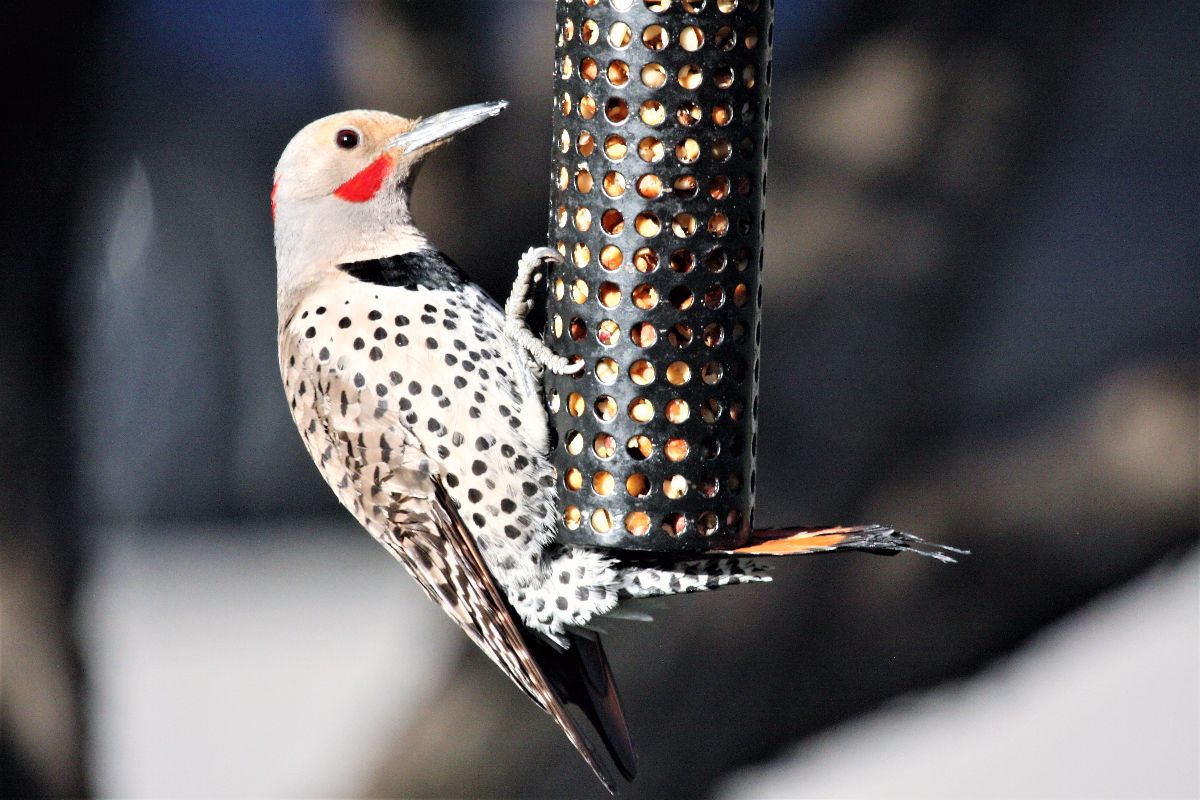
Northern Flicker (intergrade male), Calgary, May 16, 2017. Photo by Bob Lefebvre.
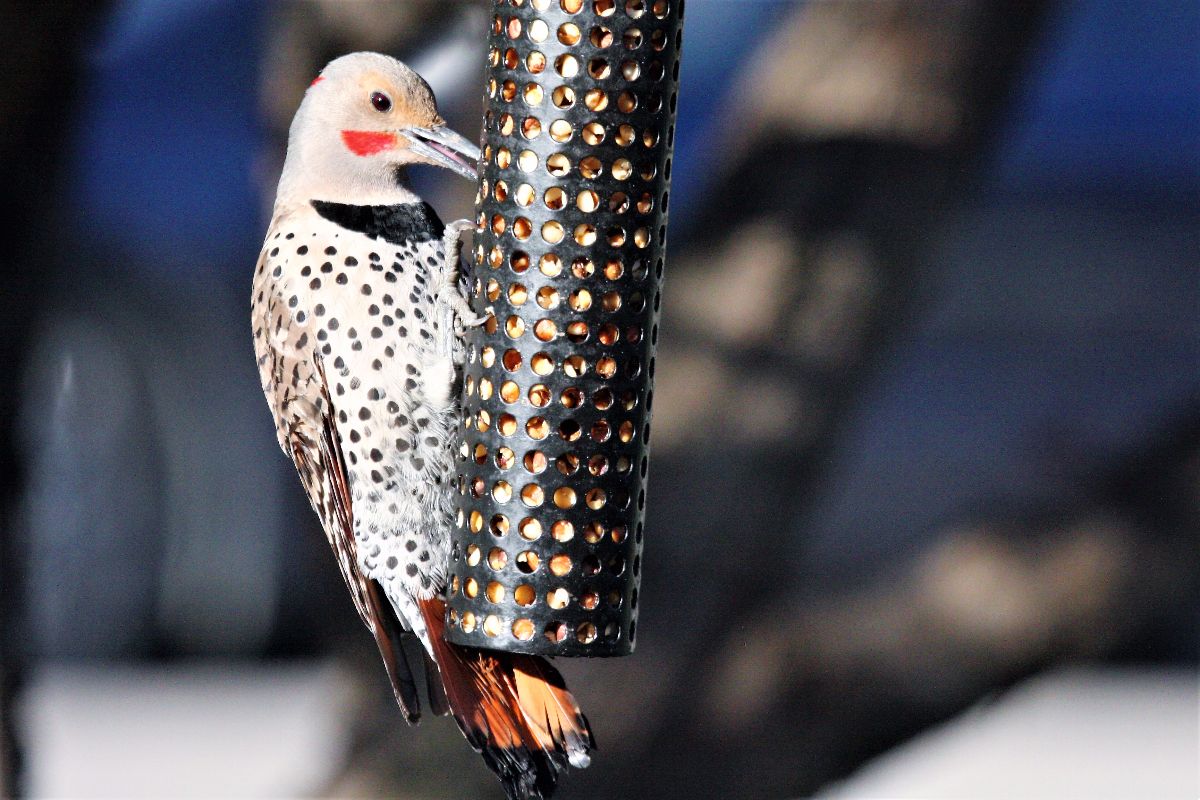
Northern Flicker (intergrade male), Calgary, May 16, 2017. Photo by Bob Lefebvre.
This year our local pair of Swainson’s Hawks is building a nest just down the block, so I’m seeing and hearing a lot of them. I will post more about these birds as the season goes along.
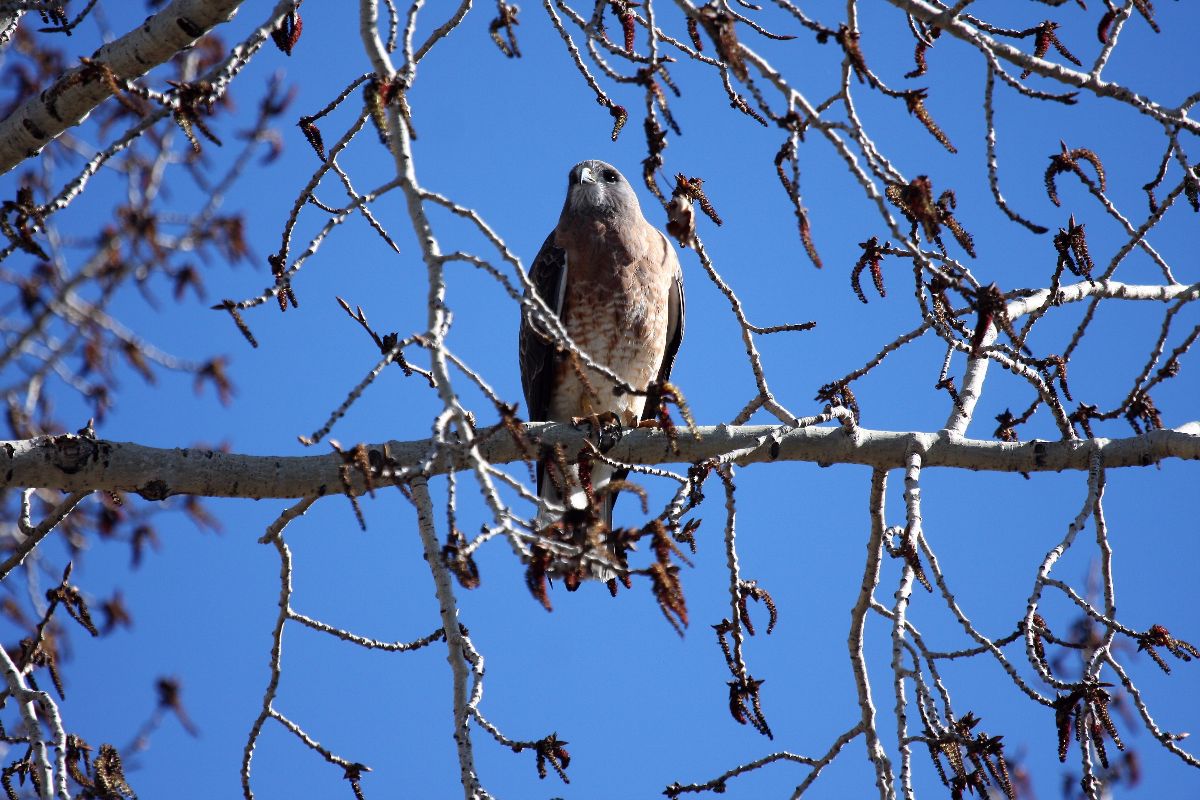
Swainson’s Hawk, Calgary, April 30, 2017. Photo by Bob Lefebvre.
